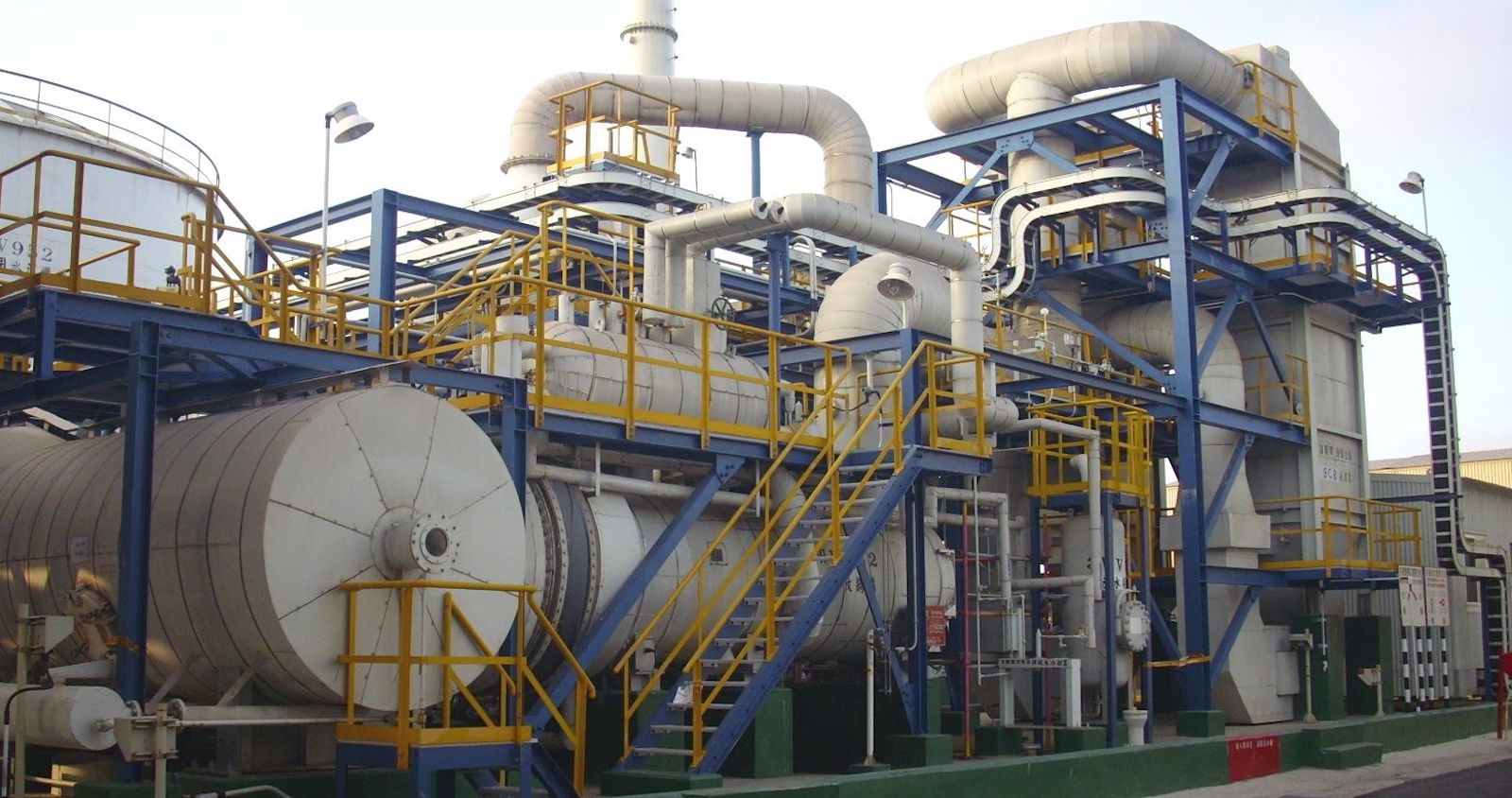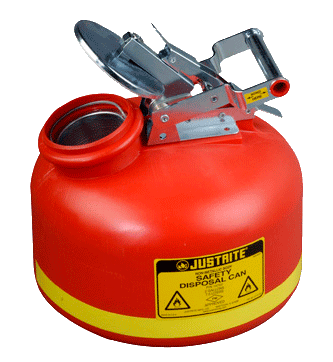Industrial Wastewater Treatment: Personalized Solutions for Facility Wastewater Obstacles
Industrial Wastewater Treatment: Personalized Solutions for Facility Wastewater Obstacles
Blog Article
Just How Fluid Garbage Disposal Works: A Comprehensive Summary of Techniques and Technologies Used

Review of Fluid Waste Types
The complexity of fluid waste kinds requires a complete understanding of their features and effects for disposal. Liquid waste can generally be categorized into numerous types, consisting of industrial, local, farming, and contaminated materials. Each group exhibits distinct residential or commercial properties, calling for specific administration approaches to mitigate environmental and health and wellness threats.
Industrial liquid waste originates from producing procedures and often includes a series of impurities, such as hefty steels, solvents, and organic compounds. Community liquid waste, mostly consisting of wastewater from houses and commercial establishments, includes raw material, nutrients, and microorganisms (industrial wastewater treatment). Agricultural liquid waste, including overflow from farms, may consist of plant foods, chemicals, and pet waste, posturing risks to water top quality and ecosystems
Hazardous liquid waste is characterized by its poisoning, reactivity, or potential to create injury. This group consists of materials like acids, bases, and specific chemicals that require strict handling and disposal protocols. Understanding these varied fluid waste types is important for developing reliable disposal methods and guaranteeing conformity with environmental policies. Appropriate classification and characterization are vital for executing proper therapy methods and reducing the unfavorable impacts on public health and the atmosphere.
Physical Treatment Approaches

Testing is the preliminary step, where bigger bits and debris are gotten rid of from the liquid waste using displays or grates. In sedimentation tanks, larger bits work out at the base, developing a sludge layer, while the clarified fluid can be further dealt with.
Filtering is another crucial technique that involves passing the fluid through permeable materials, such as sand or membrane layers, to capture smaller sized particles. This step enhances the high quality of the fluid, making it appropriate for succeeding treatment procedures.

Chemical Treatment Methods
Chemical treatment methods are necessary for properly managing liquid waste, particularly in dealing with dissolved and colloidal pollutants that physical techniques may not sufficiently eliminate. These methods use different chemical agents to reduce the effects of, precipitate, or transform hazardous substances right into much less unsafe forms.
One usual technique is coagulation and flocculation, where chemicals such as alum or ferric chloride are included to advertise the aggregation of put on hold particles. This process improves sedimentation, enabling for simpler removal of the resulting sludge. Additionally, oxidation procedures, using representatives like chlorine or ozone, are utilized to break down complex natural substances and microorganisms, rendering the waste more secure for discharge or more treatment.
Neutralization is another critical strategy, which changes the pH of acidic or alkaline waste streams to neutral levels, preventing possible damage to downstream systems and the environment. In addition, advanced oxidation processes (AOPs) use combinations of oxidants and ultraviolet light to weaken consistent pollutants, attaining a higher degree of treatment performance.
Biological Therapy Processes
Organic treatment procedures play an important role in the administration of liquid waste by using microorganisms to disintegrate raw material and reduce pollutant degrees. These processes can be generally original site categorized into anaerobic and cardiovascular therapies, each employing certain microbial areas to accomplish reliable waste degradation.
Cardiovascular therapy involves making use of oxygen to help with the failure of organic materials by microorganisms. This procedure is typically carried out in turned on sludge systems, where aeration storage tanks supply a helpful environment for microbial development, leading to the oxidation of organic pollutants. The resultant biomass can be divided from dealt with effluent via sedimentation.
On the other hand, anaerobic treatment happens in the absence of oxygen, counting on different germs to damage down natural issue. This approach is particularly beneficial for high-strength waste, as it produces biogas, a sustainable power resource, while lowering sludge manufacturing. Technologies such as anaerobic digesters are regularly used in metropolitan and commercial this contact form applications.
Both aerobic and anaerobic organic therapies not just decrease the ecological effect of liquid waste however likewise help with resource recovery, making them important components of lasting waste monitoring approaches. Their efficiency, versatility, and efficiency sustain their prevalent application throughout different industries.
Arising Technologies in Disposal
Cutting-edge methods to fluid waste disposal are rapidly advancing, driven by improvements in technology and a raising focus use this link on sustainability. Amongst these emerging technologies, membrane layer bioreactors (MBRs) have gotten traction for their capability to combine organic therapy with membrane purification, resulting in high-quality effluent that can be reused in different applications. MBRs make it possible for smaller sized impacts and much more reliable procedures compared to conventional systems.
An additional encouraging growth is making use of anaerobic food digestion incorporated with nutrient recovery modern technologies, which not only deals with fluid waste but additionally generates biogas and recuperates beneficial nutrients like nitrogen and phosphorus. This double advantage boosts resource effectiveness and reduces environmental influence.
Additionally, advanced oxidation processes (AOPs) are being embraced for the destruction of complex organic contaminants. These techniques use effective oxidants and stimulants to damage down impurities at the molecular degree, offering a highly efficient service for difficult waste streams.
Additionally, the assimilation of artificial intelligence and artificial intelligence in waste management systems is optimizing functional performance and predictive upkeep, leading to reduced costs and boosted environmental compliance. These innovations mirror a substantial shift towards even more lasting and reliable liquid garbage disposal techniques.
Verdict
In verdict, reliable liquid waste disposal requires a comprehensive understanding of various strategies and technologies. By constantly advancing these approaches, it ends up being possible to address the growing difficulties linked with fluid waste, eventually adding to ecological security and resource recuperation.
Liquid waste disposal is an essential aspect of environmental management, needing a thorough understanding of various methods and modern technologies tailored to different waste types. Fluid waste can generally be categorized into several kinds, including industrial, community, farming, and harmful waste. Agricultural liquid waste, consisting of runoff from ranches, might have fertilizers, pesticides, and animal waste, presenting risks to water high quality and environments.
Various physical therapy approaches play a vital role in handling fluid waste efficiently - industrial wastewater treatment.In final thought, reliable fluid waste disposal requires a detailed understanding of various techniques and technologies
Report this page